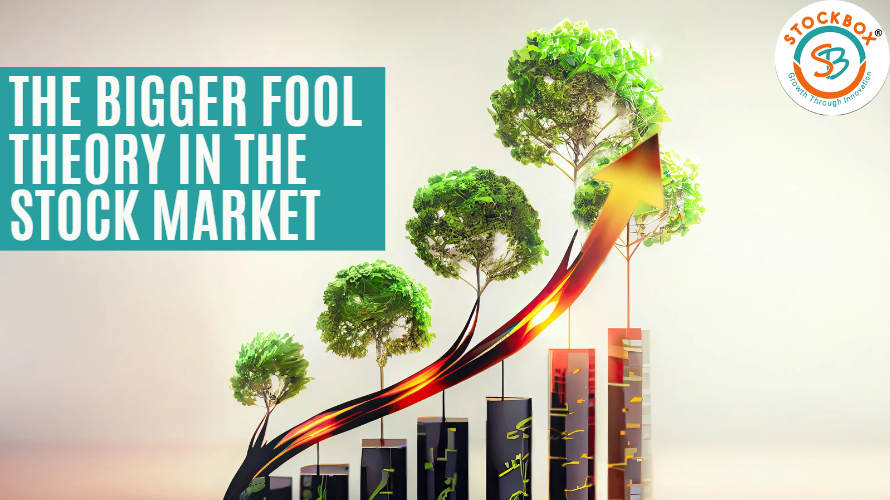In the world of finance, where numbers dance like mystical runes and investors tread cautiously, there exists a captivating theory known as the “Bigger Fool Theory.” This concept challenges conventional wisdom and, when understood, can provide valuable insights for navigating the intricate labyrinth of the stock market.
What Is the Bigger Fool Theory?
The Bigger Fool Theory is a seemingly paradoxical notion that underlines the belief that, in the stock market, it’s possible to profit by buying an overvalued asset, expecting to sell it later to an even more foolish investor at a higher price. In essence, it asserts that as long as there’s someone willing to pay a higher price for a stock, you can always find a bigger fool.
While this theory may appear speculative and risky on the surface, it reflects the psychology and dynamics that often govern stock markets. It suggests that emotions, market sentiment, and the actions of other investors can influence the price of assets, often causing them to deviate from their intrinsic value.
Historical Context
The Bigger Fool Theory finds historical resonance in various stock market bubbles and manias. The Dutch Tulip Mania of the 17th century, the Dot-Com Bubble of the late 1990s, and the cryptocurrency boom of the 2010s are all examples where investors seemed to be playing a game of passing the parcel with the hope of finding a bigger fool.
Investors rushed to overvalued assets, fueled by the expectation of further price increases. After the music stopped, holders found tulips, dot-com stocks, or cryptocurrencies worthless.
The Risks and Realities
While the Bigger Fool Theory might sound enticing to some, it’s crucial to recognize the inherent risks. Relying solely on this strategy can be a perilous gamble. The market can be unpredictable, and identifying when the music will stop can be challenging.
Investors must remember market corrections, crashes happen; no guarantee of buyers at higher prices. Countless investors have been burned by chasing the illusion of ever-increasing prices.
The Balanced Approach
Understanding the Bigger Fool Theory: not a universal strategy, but a puzzle piece in investing’s complexity. Recognizing market sentiment’s impact highlights the influence beyond fundamental factors on asset prices.
Successful investors combine the Bigger Fool Theory with fundamental analysis, risk management, and a long-term perspective. They seek value in their investments, avoid excessive speculation, and maintain a diversified portfolio. They acknowledge that while the theory might work for a while, it’s not a sustainable path to wealth creation.
Conclusion
The Bigger Fool Theory sheds light on stock market psychology, where prices blend rational analysis and human emotions.
However, embracing this theory as a primary investment strategy can be akin to dancing on the precipice of risk. Prudent investors balance Bigger Fool Theory insights with sound fundamentals and risk management for success.
In a nuanced world, wise investors balance rationality and market sentiment, avoiding reliance on speculation alone. They navigate markets wisely, considering the Bigger Fool Theory’s wisdom and limitations.

